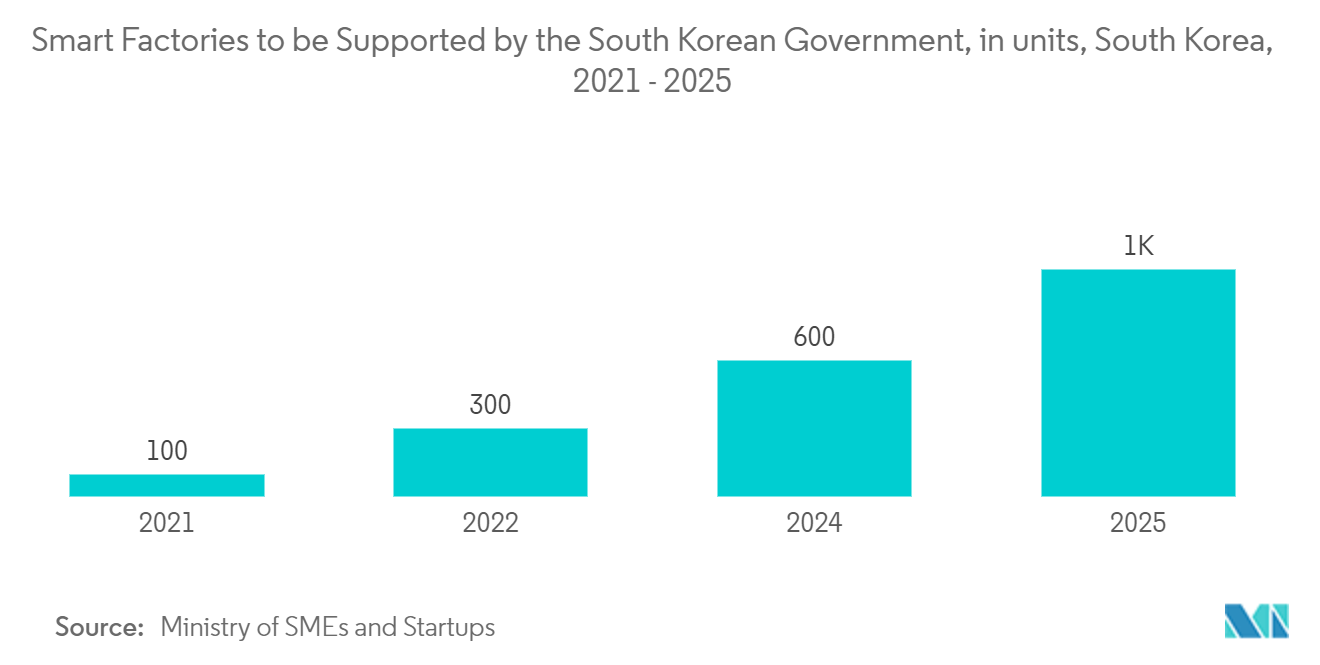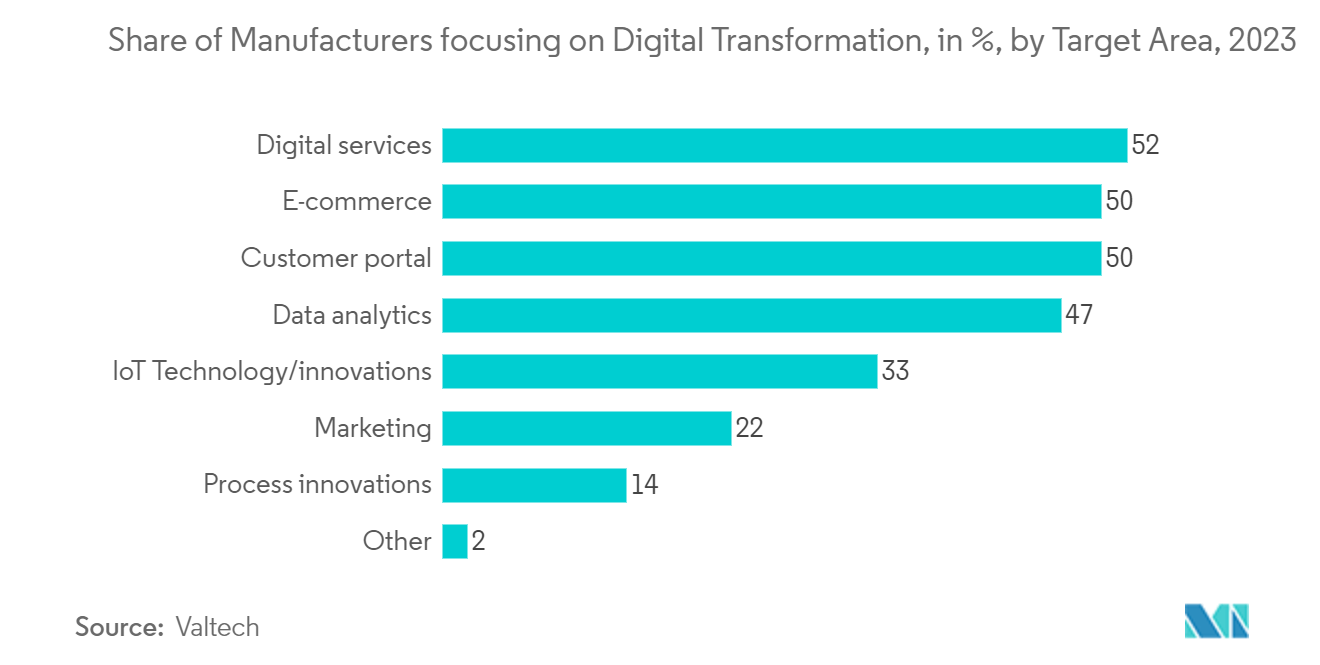Market Trends of LoRa And LoRaWAN IoT Connectivity Industry
Digital Transformation and Industrial Automation to Drive the Market
- LoRaWAN technologies, compared to counterparts like 5G or NB IoT, boast significantly lower energy consumption, up to five times less. This efficiency makes LoRaWAN especially lucrative for applications with modest data needs or no real-time demands. With data volume and transfer frequency as variables, LoRaWAN devices can have a battery life ranging from five to 15 years. Such longevity proves invaluable for industries managing assets in remote areas or dealing with a high volume of connected devices, leading to substantial cost and time savings on maintenance.
- LoRaWAN applications empower public and private entities to gather crucial data in smart cities, enhancing urban sustainability and livability. These applications facilitate various functions, from monitoring waste container levels and controlling street lighting to tracking energy consumption, environmental metrics like CO2 levels, and parking space occupancy. India's ambitious initiative to develop over 100 smart cities, with projects valued at USD 21 billion tendered by September 2023, is poised to significantly boost the adoption of LoRaWAN-based IoT solutions nationwide.
- LoRaWAN enables precise asset tracking in expansive environments like airports and seaports. It can accurately provide the location of containers, forklifts, trucks, and other equipment with an accuracy of just a few meters. For applications demanding even greater precision in open areas, LoRaWAN can be paired with GPS. The trend towards 'smart airports,' integrating IoT technologies like LoRaWAN, is gaining momentum, focusing on enhanced infrastructure, automation, real-time analytics, and predictive tools for better decision-making.
- Industrial 4.0 applications are pivotal in automating production and driving digitalization in the European industry. Sensors monitoring vital parameters like temperature, humidity, and vibration ensure adherence to protocols and facilitate predictive maintenance.
- For instance, data from GTAI - the German Trade and Invest Agency, reveals that Germany alone poured over EUR 10 billion into Industry 4.0 initiatives over five years. Furthermore, in July 2023, Siemens announced it would spend EUR 1 billion in Germany to create a blueprint for an industrial metaverse in the Nuremberg metropolitan region.

Manufacturing to Drive the Market
- Industrial IoT transforms operations by digitizing legacy processes and equipment, boosting profits, cutting costs, and enhancing efficiencies. Devices and sensors enabled with LoRa transmit real-time data, offering crucial insights into predictive maintenance, machine health, efficiency, and minimizing downtime.
- Within the automotive industry, LoRaWAN solutions primarily prevent the loss of load carriers and transported goods. Components like engines and transmissions, sourced by car manufacturers from Tier 1 suppliers, hold significant value, typically priced between EUR 500 and 2000. Specialized cargo equipment represents a comparably high-value asset. It's worth noting that logistics processes can experience loss rates ranging from 5 to 15%. By leveraging LoRaWAN applications, businesses can achieve heightened transparency throughout their supply chains.
- For instance, in January 2024, Quectel Wireless Solutions, a global leader in IoT solutions, unveiled its latest innovation, the KG200Z module. This LoRa technology module is tailor-made for IoT projects, prioritizing reliability, ultra-low power consumption, and cost efficiency. The KG200Z promises robust connectivity, with an impressive reach of 2-5 kilometers in urban environments and 10-15 kilometers in suburban settings. Its compact dimensions, at 12.0 mm x 12.0 mm x 1.8 mm in an LGA package, make it a versatile choice for manufacturers and developers looking to integrate IoT solutions into their devices seamlessly.
- In March 2024, Quectel, a prominent player in LoRaWAN IoT solutions, unveiled a strategic partnership in collaboration with Things Industries. This alliance ensures that Quectel's KG200Z LoRaWAN module is pre-equipped with "Works with The Things Stack" and "Secured by The Things Stack" certifications, bolstering its security features. By teaming up with The Things Industries, Quectel enables its customers to integrate the KG200Z module into their device designs seamlessly and grants them access to a suite of additional services. This partnership underscores a commitment to end-to-end encryption and key management while harnessing Quectel's extensive experience in module technology.
- Industry 4.0 reshapes how businesses approach product design, manufacturing, and distribution. Both companies and governments are making significant investments to align with this transformative shift. For instance, the Maryland Government allocated a substantial sum of USD 1 million to aid over two dozen manufacturers in adopting Industry 4.0 technologies. Through the Maryland Manufacturing 4.0 initiative, 26 small and mid-sized companies in Maryland have secured grant funding, emphasizing the push for industry innovation. This surge in Industry 4.0 investments is poised to bolster the studied market, particularly propelling the LoRA and LoRAWAN sectors.


